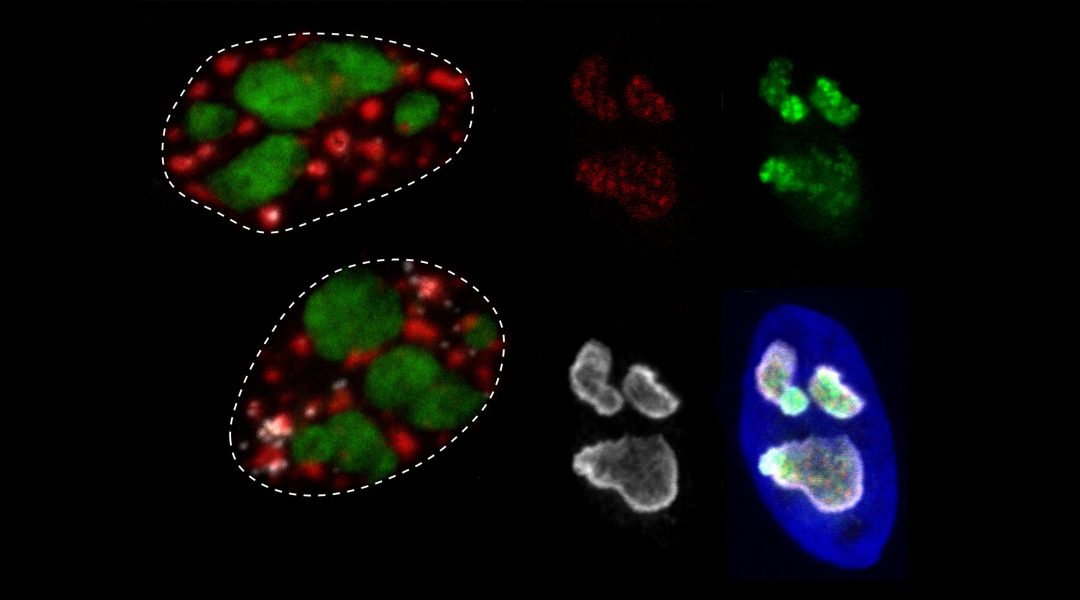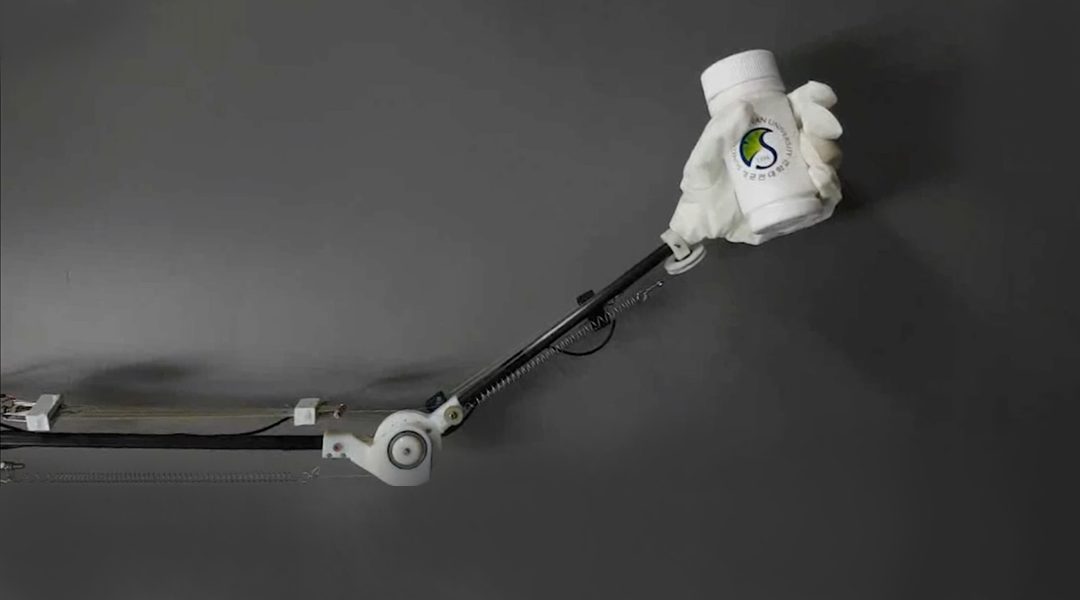Scanning probe microscopy is a powerful characterization tool for studying MCP in materials.
![Understanding Multifield Coupling Phenomena in Materials [Video]](https://www.advancedsciencenews.com/wp-content/uploads/2018/11/adma201803064_ASN_image.bmp)
![Understanding Multifield Coupling Phenomena in Materials [Video]](https://www.advancedsciencenews.com/wp-content/uploads/2018/11/adma201803064_ASN_image.bmp)
Scanning probe microscopy is a powerful characterization tool for studying MCP in materials.

An analysis of nuclear body protein disorder that suggests MLO proteomes are significantly more disordered than structured cellular features.

Spandex is pre-stretched and twisted with the free standing nylon to compensate the difference of stiffness to obtain a double-helix twisted and coiled soft actuator.
![Challenges in Manganese-Oxide-Based Energy Storage [Video]](https://www.advancedsciencenews.com/wp-content/uploads/2018/11/adma201802569_ASN_image.jpg)
The high theoretical capacitance of manganese oxide makes it appealing as an electrode material for batteries, but several obstacles remain.

In their review published in BioEssays, Arnaud Gautier and Alison Tebo discuss new labeling protocols, actuation methods and biosensors based on fluorogenic protein systems.
![Improving Imaging Techniques in the NIR-II Window [Video]](https://www.advancedsciencenews.com/wp-content/uploads/2018/11/adma201802394_ASN_image.jpg)
The NIR-II window holds great potential in biological imaging.

In her article published in BioEssays, Nora Engel discusses how sex differences become established in early embryogenesis and how analyzing the underlying mechanisms can lead to a better understanding of sex differences in health and disease.
![A Bacteria-Based Coating for Engineering Stem Cells [Video]](https://www.advancedsciencenews.com/wp-content/uploads/2018/11/adma201804310_ASN_image.jpg)
Non-pathogenic bacteria can colonize different surfaces to help direct human stem cells to bone cells.

Flexible physical sensing platforms for wearable electronics, soft robotics, and real-time healthcare monitoring.
![Data Encryption Technology for Flexible Devices [Video]](https://www.advancedsciencenews.com/wp-content/uploads/2018/11/adma201803856_ASN_image.jpg)
Researchers design a new type of QR code that is nearly transparent under daylight and compatible with flexible devices.